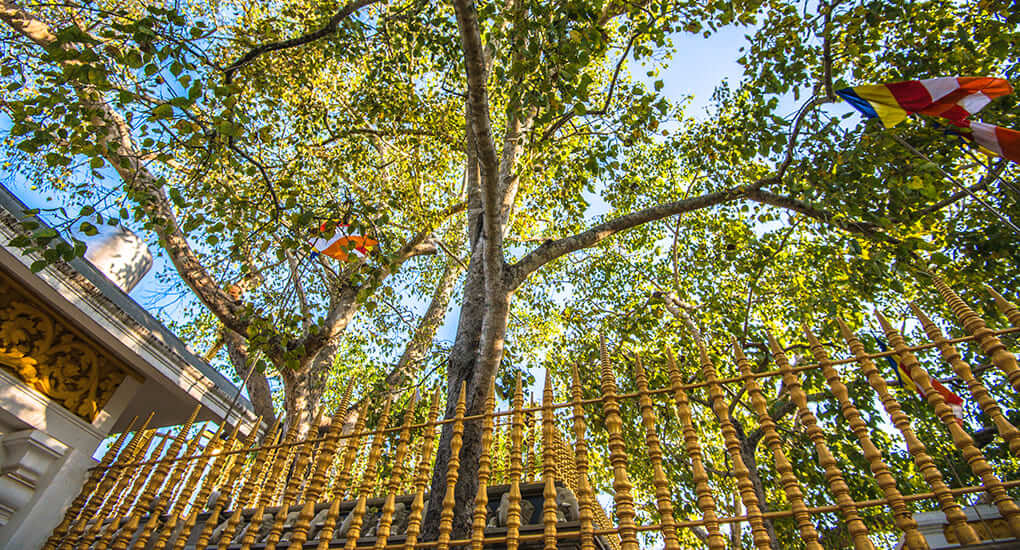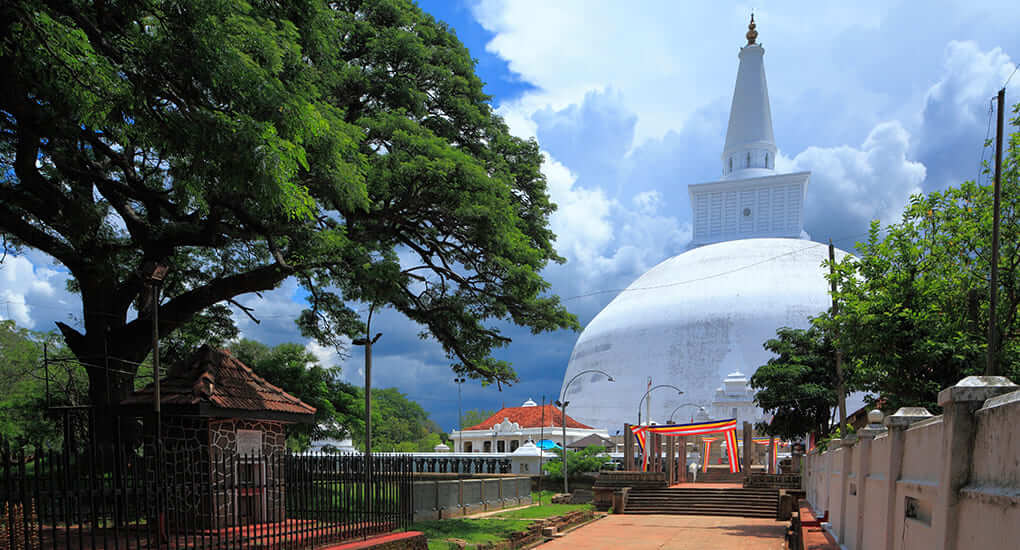Points of Interest - Anuradhapura
Ancient City
The ruins of Anuradhapura are considered as one of South Asia’s most reminiscent sights. The copiousness of temples, dagobas, magnificent pools, places and many more political and religious structures enfolds the blood, sweat and tears that made the kingdoms flourish and fall.
Every crumbling temple, ancient pool is a story of the Sri Lankan in the making, studying the Anuradhapura history deliver the insight to social, economic and political saga from over 4th century BC.
According to Mahavansa, the great chronicle of Sri Lanka, the city of Anuradhapura was named after a Minister called Anuradha who believed to be the person who made this area as a village settlement. Also, Anuradha was one of the ministers who accompanied King Vijaya from India, who according to the tradition, founded the Sinhalese Race in Sri Lanka.
Anuradhapura is the first capital of the Sri Lanka, flourished for almost 1500 years starting from the 4th century BC. From the point on wards the Buddhism was introduced to Sri Lanka, the civilization was built upon the teachings of Buddha. And today, Anuradhapura has become the most sacred city and the religious capital of Sri Lanka.
Today, several of the sites remain in use as holy places and temples, among them the most famous and most visited are the Eight Sacred Sites scattered around Anuradhapura.
Eight sacred sites (Atamasthana)
- Sri Maha Bodhi
- Ruwanweliseya
- Thuparamaya
- Lovamahapaya
- Abhayagiriya
- Jetavanaramaya
- Mirisavetiya
- Lankaramaya
During the Poya days (full moon day of each month) the city becomes teeming figures dressed in white. Pilgrims travelling from all across the Sri Lanka head to Anuradhapura on religious days for special meditation, worship and pirith chanting events which last for the whole day and sometimes even overnight.

